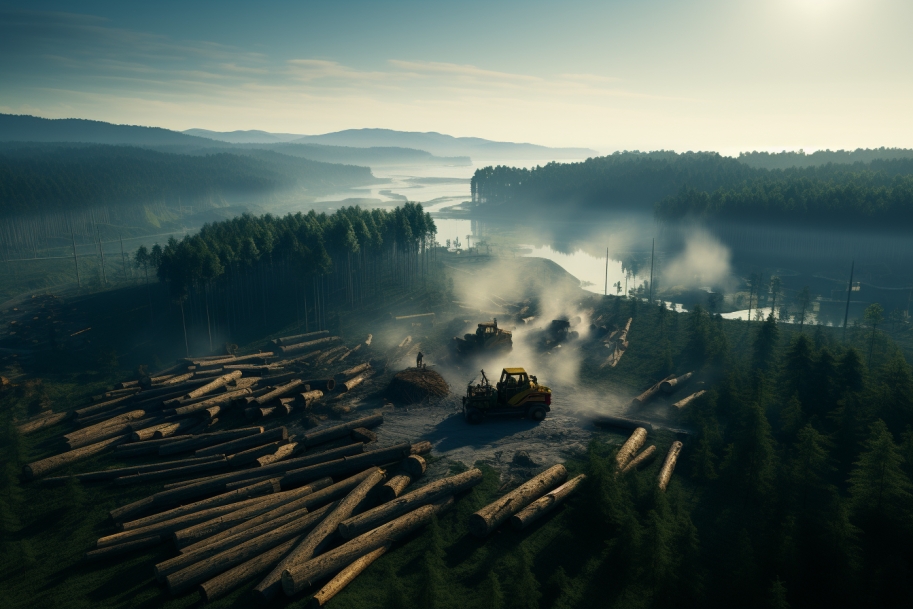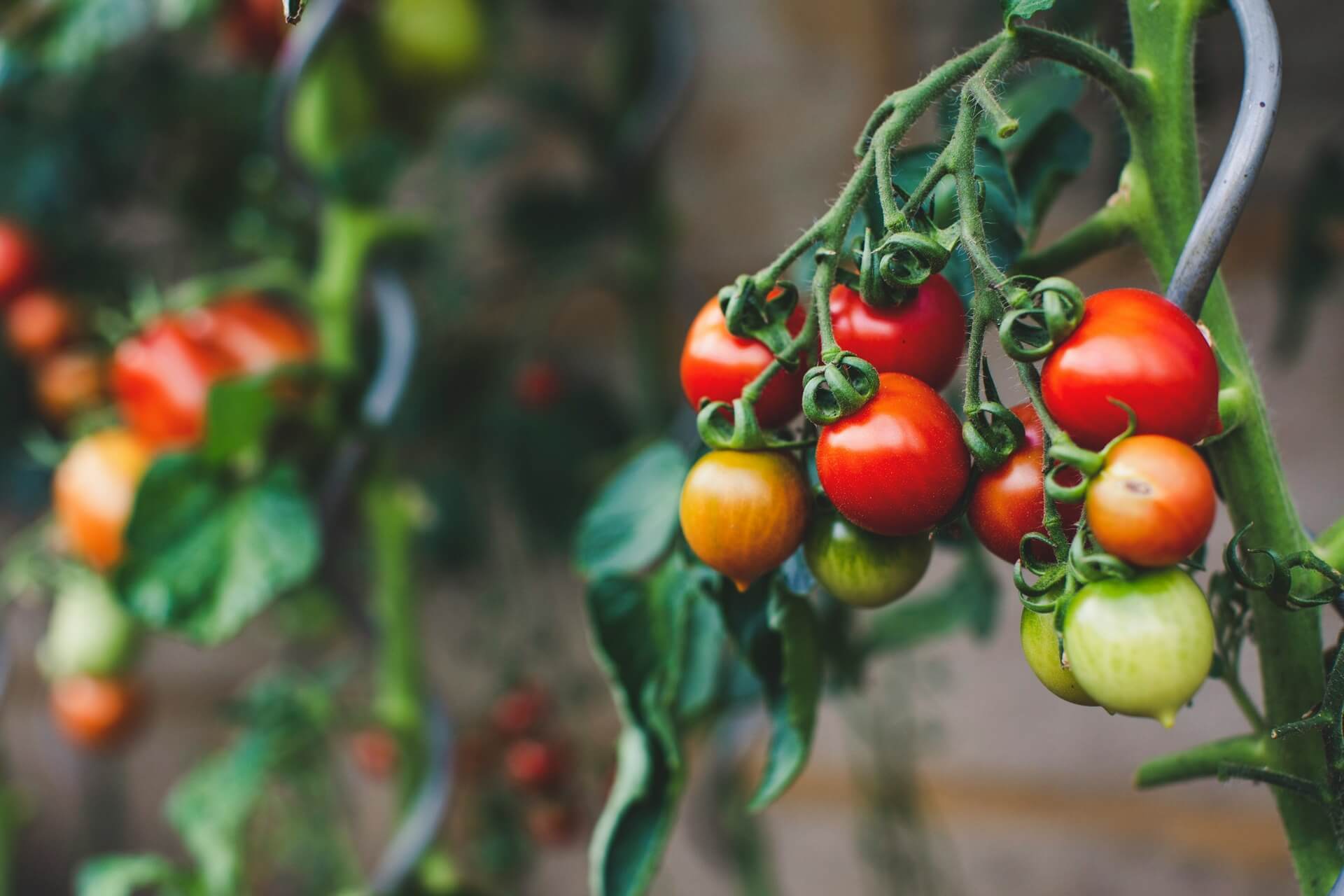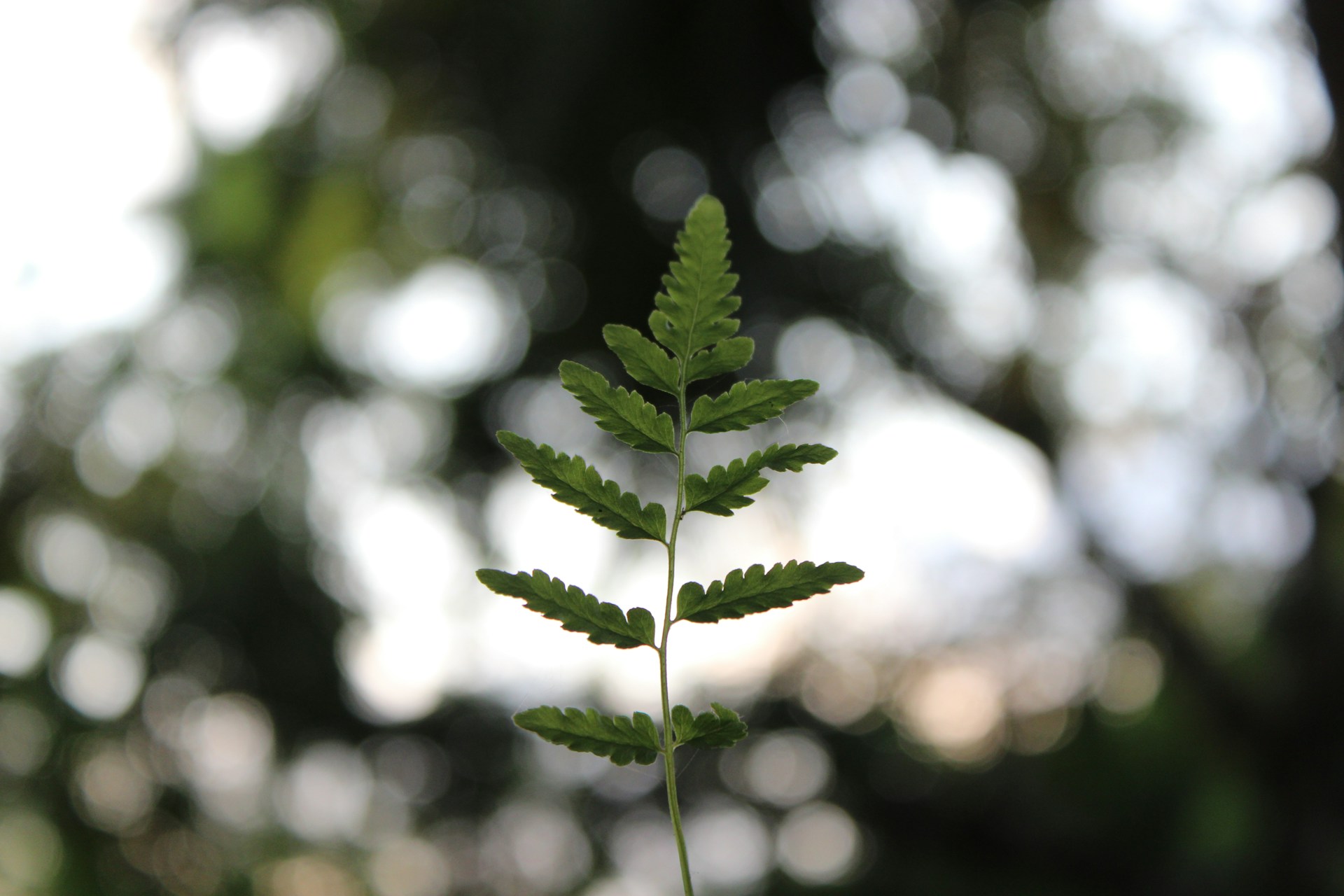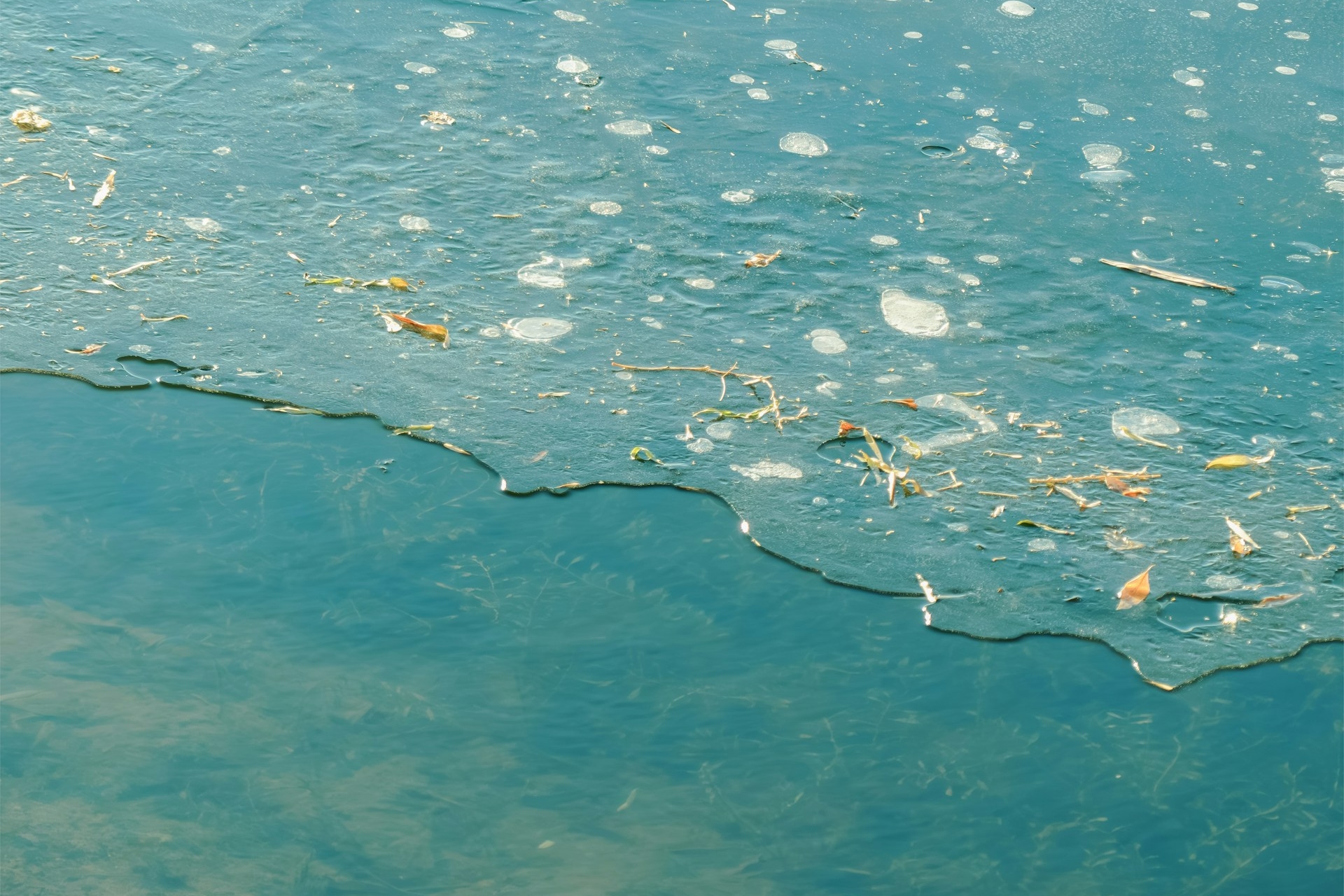
Deforestation Hurts Us in More Ways Than One
December 27, 2024 - Emily Newton
Revolutionized is reader-supported. When you buy through links on our site, we may earn an affiliate commission. Learn more here.
Most people can understand why chopping down all the world’s woods is a bad idea. Tons of animals live in these habitats, and trees sequester tons of carbon. Alternatively, corporations think it is better to exploit them for their natural resources to turn into consumer products. Thinking in the short term is folly, because deforestation has a negative butterfly effect. Cutting down the world’s forests has a major impact on the environment. What are the effects of deforestation?
The Destruction of Rainforests and Why Ecosystems Matter
The world is supposed to be balanced so its natural processes function efficiently and effectively. Nature has created cycles to ensure life can thrive and survive and that animals have the ability to adapt to changes. It is a process that has taken millions of years to create. When you throw humans into the mix, it throws that cycle out of whack.
As the dominant species on the planet, we want the best for ourselves and our families. We’ve grown accustomed to the many amenities that have made our lives easier and look forward to the advances technology will make to improve our lives further. However, many of these advancements come at the cost of the environment.
One of the acts we participate in that has made a huge impact is deforestation, which is one of the most harmful ways to harm the environment. This is the act of cutting down trees for a variety of reasons, including agriculture and the production of paper products. Cutting down trees for the benefit of us humans has made things worse for other species.
The Causes and Effects of Deforestation
What is the impact deforestation has on the world?
Creating Land for Agriculture
As the world population increases, so does the demand for food. To feed those hungry mouths, forests are often removed so farmers can produce crops and ranchers can feed their livestock. On average, it is believed that 150 acres of rainforest are lost each minute.
When it comes to removing trees for agricultural purposes, most farmers use what is called the slash and burn method. This means all of the trees are removed, and if there is any vegetation left, it is burned. The ash is then allowed to settle into the soil to fertilize the new crops.
Using Forests for Paper Products
Another one of the causes of deforestation has to do with using trees for paper products. While it’s difficult to know how many trees are cut down to create paper products or to be used in construction, it is estimated that between 3.5 and 7 billion trees are harvested for production. Illegal tree harvesting in this industry is a major problem, and some businesses have been trying to fight this issue by going paperless.
Urbanization
Major forests are also cut down to expand civilization. Whether it be for housing or business, forests get in the way of construction. While population demand and booming economies necessitate space to house families and perform operations, there are many abandoned buildings to retrofit that wouldn’t require clear cutting forests.
Mining
Many miners clear-cut forests to make room to dig into the planet for extracting resources. Additionally, the demolition will also make way for roads to create ways to transport the materials and encourage further urbanization.
Effects of Deforestation
The effects of deforestation can be devastating, and they are more than just losing beautiful scenery in nature. Cutting down trees isn’t just ridding the world of pretty vegetation — it has detrimental impacts on the environment.
Carbon Sequestration
Since trees create oxygen and soak up excess carbon dioxide, when they are cut down, there is nothing to rid the atmosphere of carbon dioxide. Therefore, greenhouse gases build up and heat the atmosphere. This, in turn, changes the climate and weather patterns around the globe.
While the ocean is still a massive carbon sink, the planet cannot justify deforestation because of it. The ocean is losing its ability to sequester carbon too because of the effects of the climate crisis, which deforestation worsens.
Hurting Animals
Cutting down trees also impacts animals. Without their natural habitat, many species go extinct because they can’t adapt to other living conditions. Extinctions have taken place on this planet in the past — it’s part of the natural process — but the current rate of animal extinction is 1,000 to 10,000 times what happens naturally. This is thanks to humans and our destruction of the planet.
Removing biodiversity produces several problems. First, the food chain gets disrupted. This means invasive species flourish because native predators and defenders are not around to overwhelm them. This causes soil quality to go down public health crises and countless other problems.
Droughts and Inconsistent Weather
Droughts also occur when forests are cut down because trees act as a canopy, covering the soil from the sun’s hot rays so it can retain its moisture content. When the trees are no longer protecting the soil, the water is evaporated into the environment, drying out the land.
The process of creating rain involves trees transpiring moisture into the air. From there, clouds are formed and mix with other chemicals in the atmosphere to make rain. One mature tree can release up to 1,000 liters of water into the air in one day. The entire Amazon rainforest can release up to 20 billion tons of water per day. Without trees to transpire moisture into the atmosphere, there is no rain.
These issues compound into an even larger problem. The deforestation of rainforests and clear-cutting in general encourages severe weather, and, potentially, natural disasters to become more frequent. Giving nature more opportunities to be volatile could damage surrounding habitats and communities near what used to be rainforests. Consider how a forest stops a wildfire from spreading, whereas it could freely roam without it acting as a shield.
Public Health
Deforestation has also led to a rise in diseases that impact humans. These include diseases spread by mosquitoes, such as dengue and malaria, as well as illnesses that are passed from primates to humans. A growing number of studies has shown this problem is creating a lot of issues.
Forests are also a natural water filter. They are barriers against runoff and erosion, which are some of the world’s worst offenders for spreading trash, contaminants and other pollutants. When there is nothing to hold water away from communities, the unclean resources spread into neighborhoods and towns unmitigated. This could bring a whole host of new illnesses and diseases in the future, especially as the quantity and variety of pollutants rises.
Deforestation’s Long-Lasting Mark
We humans have had a huge impact on the environment because of our lifestyles. In some cases, we are doing what we can to mitigate those impacts, but more needs to be done. With the continued loss of forests, we can expect more issues to arise. However, by being armed with information and a desire to act, perhaps we can slow those problems down. This is necessary for bringing down global temperatures and creating a culture shift to a humanity that appreciates its forests more appropriately.
Editor’s note: This article was originally published on October 6, 2017, and was updated December 27, 2024, to provide readers with more updated information.
Revolutionized is reader-supported. When you buy through links on our site, we may earn an affiliate commission. Learn more here.
Author
Emily Newton
Emily Newton is a technology and industrial journalist and the Editor in Chief of Revolutionized. She manages the sites publishing schedule, SEO optimization and content strategy. Emily enjoys writing and researching articles about how technology is changing every industry. When she isn't working, Emily enjoys playing video games or curling up with a good book.







